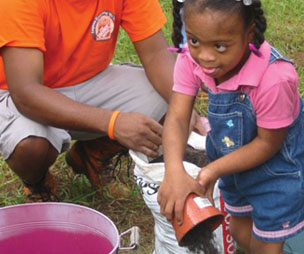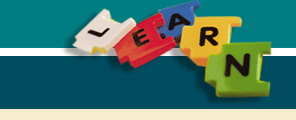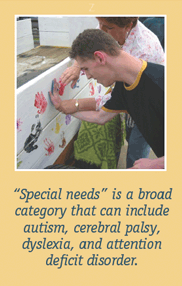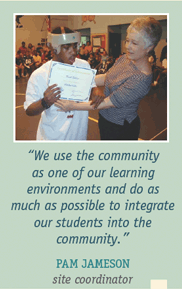 |
|
 |
 |
|
||||
 |
Including Everyone: Helping Special-Needs Students Participate in Afterschool With nearly 13% of youth ages 5 to 15 meeting the federal Maternal and Child Health definition of children with special health-care needs, you most likely have at least one special- needs student in your afterschool program. “Special needs” is a broad category that can include everything from autism to cerebral palsy to dyslexia to attention deficit disorder. Mary McAllister Shea, vice president of organizational outreach at Kids Included Together, a nonprofit that provides training to help community-based organizations include children with disabilities in their programs, offers some strategies for including special-needs students in afterschool programs. Prioritize your needs. If you have limited experience working with special-needs students, integrating them into your program can feel overwhelming. But it doesn’t have to be that way. Think about what you need the most—training, additional staffing, technical support, supervision, or access to resources—and then pursue what you identify as the most important. Support your staff. With the proper training and guidance, most staff can work successfully with special-needs students. This might mean bringing in a special education instructor or another specialist for training, but it will empower your staff and give you more flexibility in your program. Include students in as many activities as possible. “Even if a special-needs student is doing a modified lesson or has a staff person assigned to him or her, that child will learn the most by working with peers. You will also create an environment where students are eager to work together regardless of ability,” says Shea. 1 Shea, M. (2007, July). July 2007: A time for reflection and commitment. School-Age Notes, 27(11), 1, 6. |
|

|
|||||||||||||||
|
Questions or comments should be directed to: Laura Shankland |
Copyright © 2007 by SEDL . This newsletter was produced in whole or in part with funds from the U.S. Department of Education under contract number ED-01-CO-0057/0001. You are welcome to reproduce issues of AfterWords and distribute copies at no cost to recipients. Please credit SEDL as publisher. Link to PDF versions of AfterWords is available here. For additional uses, please fill out and submit a copyright request form. |






